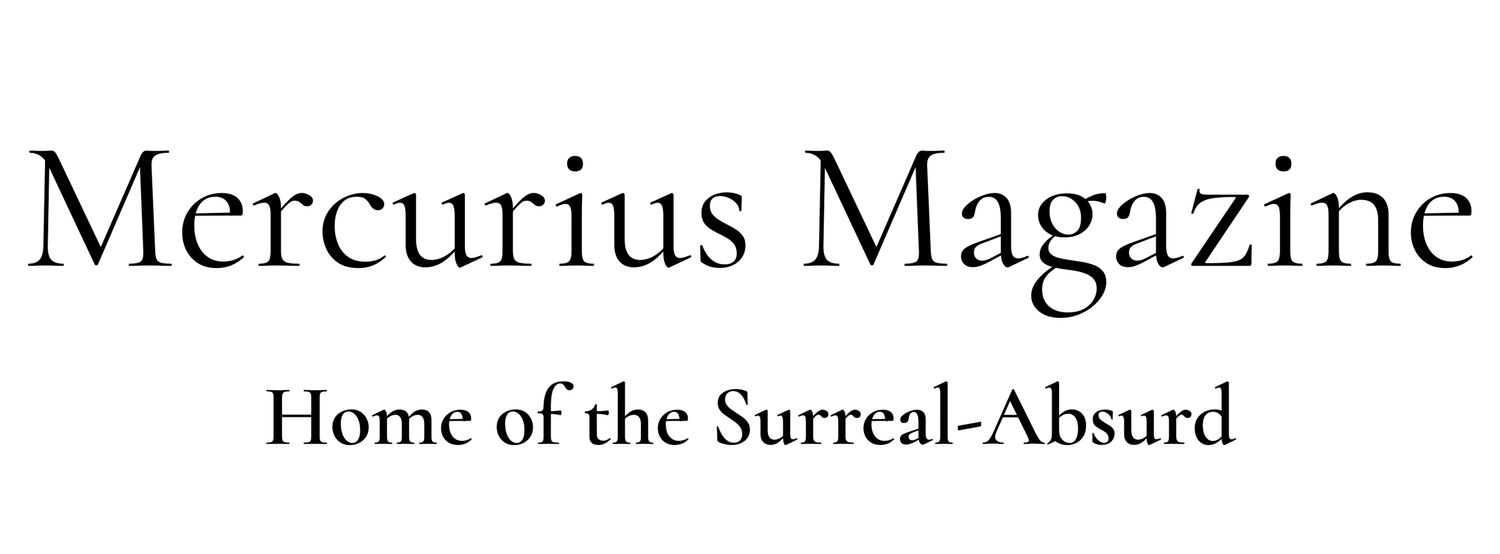Exercise in Controlled Harmonic Observance
This text score is inspired by and in the spirit of Pauline Oliveros and her concept of Deep Listening.
i)
Find a piano to play.
If you do not have one, imagine it.
If you do not play the piano, all the better.
Sit at the piano on a stool or upright chair.
Take your shoes and socks off.
Take a deep breath and hold it for as long as comfortable.
Let it out slowly.
With your bare feet depress a peddle.
You choose which one.
Play a note of your choosing, don’t think about it too much.
Hold it until you can no longer hear it.
Take your foot off the pedal.
Play another note.
Any one you like, as long as it is a black key.
Hold down the sustain pedal with your foot.
Before the sound disappears choose two notes to be played simultaneously by one hand.
Anything you like as long as they are white keys.
Depress the sustain pedal.
Before the sound disappears choose three other notes to be played simultaneously by the other hand.
Anything you like as long as they are black keys.
Don’t think about it too much, go with your gut.
From your gut, sing or hum a drone note to accompany this chord.
Hold down the sustain pedal whilst holding this note in your body as long as you can.
When you wish to let go of that note, release your foot from the pedal and take another deep breath.
ii)
Release your breath.
Feel your body soften and quieten.
From this place of stillness and observation, choose another four notes to be played simultaneously, alternating hands as before.
Anything you like, as long as they are white keys.
Press down the sustain pedal.
Play the notes.
Find the accompanying drone note within you.
Sing or hum it louder than before.
When you wish to let go of it, release the note from your body.
At the same time, release the sustain pedal.
Keep your hand on the piano keys.
Place your other hand on the keys.
Depress the sustain pedal.
Play five notes using both hands together.
You may choose the notes, but don’t think about it too much.
As long as you always play white and black keys together, you can play anything you like.
Depress the sustain pedal.
Summon another sound from within you to accompany this shared chord.
Choose another set of notes, six this time, both hands, black and white together.
You may play three in one hand and three in the other, or five and one, or four and two.
You may play them however you like, but try not to think about it too much.
Observe the unconscious choices you make.
iii)
Go with the flow.
Observe what that flow is.
You may now hold down or lift up the sustain pedal whenever you wish.
If you wish to press the soft pedal too, you may do so.
Summon another sound from within you to accompany these notes.
Respond to the sound your voice has just made with another set of notes on the piano.
You may play anything you wish as long as it includes black and white notes together.
You may play any number of notes together.
They no longer need to be played simultaneously if you wish not to.
They must always be improvised and based on your controlled harmonic observance of the preceding sound.
As you move from phrase to phrase, accompany them with a drone note or any other sound your mouth wishes to make.
Remember your feet. What are they doing?
Allow them to join in this improvised movement however they wish to.
iv)
Continue playing with both hands on both black and white keys.
Accompanied by your voice and feet for as long as you like.
When you wish to stop, you may stop.
Allow the last sound that you make to sustain as long as possible.
When you are ready, shut the piano lid, if there is one.
Place both feet on the floor and take another deep breath.
Inhale and absorb the last sounds you can hear.
Let your breath out slowly.
Retain the sound inside you.
You may now stand up from the piano and do whatever you wish to do next.
Carry this sound inside you for the rest of your day.
Notes for Performers
i. You may naturally find you alternate hands between playing black and white keys.
ii. This is acceptable, but observe which hand you start with, and which hand gravitates towards black or white keys.
iii. If you repeat this exercise, ensure you start with a different hand and alternate between black and white.
iv. Observe any differences this might make, either to the sound, or the effect on your body.

